
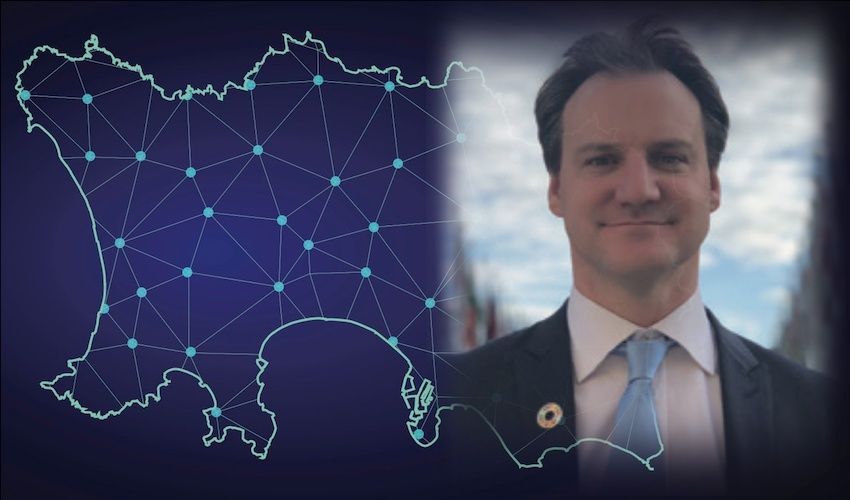

Talk of clones and simulations might sound lifted straight from science fiction, but an exact carbon copy of Jersey is being touted as the key to developing policy in future.
Anyone faced with making a significant decision can understand the want for a ‘practice run’, and it turns out that making a 'twin' of the island could allow just that.
Express sat down with CEO of AugmentCity Joel Mills to find out how a 'clone' being made of Jersey could revolutionise island life...
It’s 2020. Welcome to the future.
Ask anyone 50 years ago about what life would be like today, and they’d have likely painted a picture of hoverboards, space vacations and a semi-dystopic vision of cryogenics and test tube-held clones.
While the reality is more about the takeover of iPhones, selfies and social media, there is, at least, some truth in the latter: clones are all the rage right now.

Pictured: The 'future' may look very different to people's guesses half a century ago, but they were right about one thing - clones.
But, rather than being found in a lab or grazing in Dolly the sheep’s former field, these are to be found on screen, referred to by the less sinister name of ‘digital twins’.
The wording relates to digital replicas of living or non-living entities – whether products or even people.
In 2015, software company Dassault released its ‘Living Heart’– a virtual model of a heart accounting for blood flow, mechanics and electricity.
The first of its kind, the technology allowed doctors to turn a 2D scan of a patients’ heart into a full and accurate model allowing them to plan therapies and surgeries using advanced simulations.
There’s still a way to go before full human bodies can be mapped out, but the idea of creating “living and breathing” towns and cities is gaining traction.
And Jersey’s just joined the trend-wagon thanks to an industrial design and naval architecture expert who couldn’t sit still on holiday.
Restless at his in-laws’ barbecue in Jersey last summer, Joel Mills, the Norway-based CEO of digital twin creators AugmentCity, got chatting to a neighbour, who suggested he get in touch with Digital Jersey.
“After a couple of days of being on holiday, I get a bit fidgety and want to go and do something,” he explained. “So, I went and made a phone call and had a chat with [Digital Jersey CEO] Tony Moretta and showed him what we were up to.”
Less than a year down the line, the island is now well on its way to having its own data-rich twin, ready to be used by innovators and policymakers.
The maps are created using “basically every data source we can get hold of”.
Their foundation is a mixture of city maps, satellites, Google and other open source maps to plot buildings and streets, with infrastructure data added in to make it as close to the “living” thing as possible.
Pictured: Data from maps and satellites makes Jersey's 'twin' as close to its real counterpart as possible.
“A city contains a huge amount of data from a huge number of sources. The one thing you can connect data sources together with, which is the same for all data, is a physical location, a geolocation, a coordinate. If you're trying to take out data from the electricity company and understand how that is also connecting with transport on the roads, if you try to put those together as an Excel file, there would be nothing connected.”
But pin that data on a map, and you can start to physically see how it fits together.
Digital Jersey is helping obtain information directly from the government, while Joel explains his team is exploring more left-field sources.
“Mont Orgueil had to have laser scans done for, I think it was done for a BBC TV programme, so we're trying to get hold of those laser scans to then put in the detail there so we'll have a much better, higher-quality digital twin of Mont Orgueil castle.”
The hope is to create as near an identical ‘twin’ as possible, which can be used as a virtual playground for exploring what changes should be made to the island and learning from mistakes without really making them.
Think Five Oaks’ roads could be made safer after the recent spate of accidents or even that the new hospital should be built in St. Ouen? Why not try it out? No one – really, no one – will get hurt.
Unlike most projects, this one doesn’t have a true end – “the idea is that it’s always evolving… in the same way the real world is.”
“We’re not in the business of delivering something and disappearing,” Joel adds.
Instead, he says the results of AugmentCity’s labour will be handed over to Jersey to play with, but that the team will remain on-hand for any bigger updates.
Pilot schemes are currently being rolled out in seven jurisdictions around the world – each with their own focus.
In Ålesund, Norway, the twin is mostly being used for urban planning solutions, as well as being shared with the emergency services.
Firefighters, for example, can use it to work out how best to deal with a blaze during rush-hour, and even adapt their approach based on real-time wind and rain data.
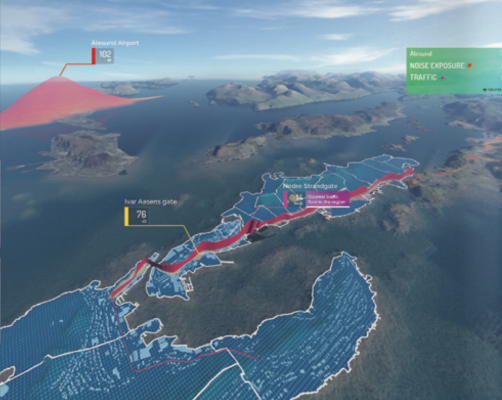
Pictured: This kind of modelling is already being used in other parts of the world to run digital drills for the emergency services.
Autonomous ferry transport is also a big focus in Norway at the moment, Joel says.
In Jersey, the digital twin’s key use is likely to be around sustainable road transport after the States Assembly last year voted in favour of declaring a ‘climate emergency’ and pledged to make the island – which is infamous for its number of cars per head – carbon neutral by 2030.
To that end, Jersey’s digital twin has already absorbed data from AirSensa.
The company is helping make Jersey the first place to have jurisdiction-wide air quality monitoring through a project that will see 300 real-time sensors installed across the island.
Among other outcomes, it’s hoped that mixing their data with the twin will be able to identify which schools are vulnerable to air pollution and how traffic can be managed to ensure children’s air quality isn’t compromised.
But the twin offers a possibility for even the most outlandish ideas – those normally relegated to the ‘too expensive’ or ‘when pigs can fly’ pile – to be investigated.
And that option is probably more of a necessity than one would think given the huge challenge ahead of realising the government’s ambition of phasing out petrol and diesel vehicles.
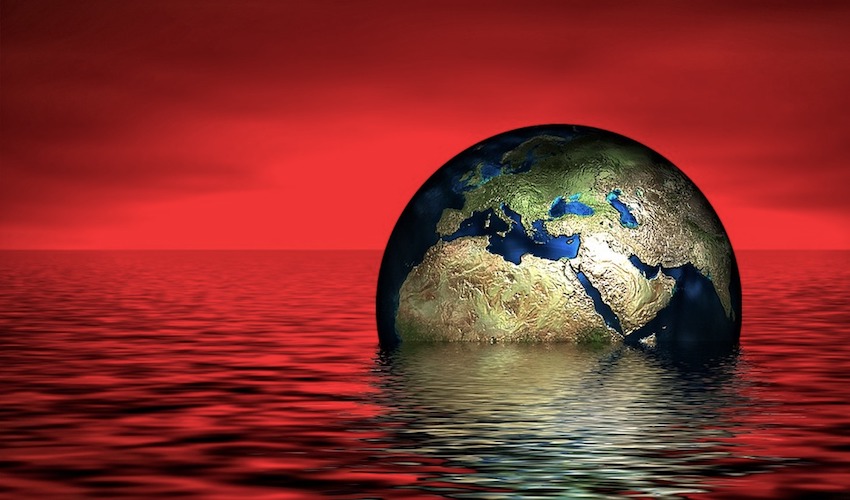
Pictured: The twin could help with developing environmental policy, as the States Assembly declaring a 'climate emergency'.
Assistant Infrastructure Minister Gregory Guida recently said that he welcomed “wild ideas” and that “nothing is off the table” in terms of finding a green transport solution for Jersey - even going so far as to himself suggest reclaiming land along the south coast to create a dedicated bus lane or tramway.
There really is no limit to the imaginative ideas that can be explored via digital twins, which is one of the reasons the project has caught the attention of the United Nations.
Kari Aina Eik, Leader of the UN’s Smart Sustainable Cities programme, recently gave a presentation in Jersey in which she praised the island for seizing the opportunity to become an exemplar jurisdiction that can share its solutions with others.
But the twin isn’t just for putting policy-driven eco-ideas through the microscope.
In time, entrepreneurs and innovators will also be able to apply for access to the twin.
“The long-term objective when we've proven the technology will be that it will be hosted in the cloud and it will be able to be accessed by different people, and different people have different levels of security access,” Joel explained.
Allowing them to test out their own concepts, however quirky, in a virtual version of the real world should help “drive innovation” locally.
The twin’s greatest quality, Joel explains, is that it allows us to actually see how crazy – or not so crazy – an idea is, rather than being boggled by facts and figures.
“Data is actually designed for machines, it's not designed for humans. Humans aren't actually very good at understanding data. The example I often give is, when I'm driving to work in the morning, I'm often half asleep, I've often got a couple of kids in the back screaming, I'm thinking about a thousand things, but I can still drive my car and make split decisions on risk very, very quickly, and I can do that better today than even autonomous vehicles can do.
“I can do that without thinking, half asleep, because humans are used to dealing with visuals. So, we can look at a huge amount of visual information and, within a split second, we can identify trends and we can take out risks. We're designed to do that, because that's the way we've evolved as humans from the days of when we were worrying about being attacked on a plain in Africa.
“We’re very much designed to deal with graphics."
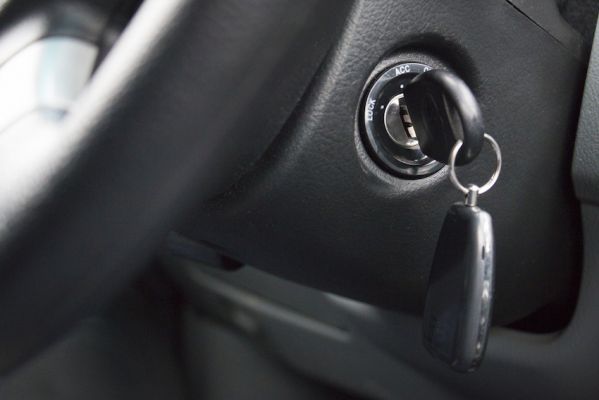
Pictured: Something as simple as the morning commute demonstrates humans' visual capabilities.
Digital twins, Joel goes on to explain, yield the “strengths of both humans and machines”, allowing them to “be much more powerful together than they ever would be individually.”
And there’s a cost-cutting implication to this, which is likely to be welcome at a time when Jersey’s government is trying to save £100m by 2023 and other long-term efficiencies.
Joel says, in particular, that it could mean doing away with spiralling consultancy costs. Jersey’s government racked up an £11m bill in the first six months of 2019 alone.
“There’s a lot of negativity in a lot of the councils that we're talking to about the fact that they use a lot of expensive consultants… They come up with some ideas and then they get put in a drawer and never used. This is a situation where things are visualised, things are understood, and then you can make the decisions based on that and move forward.”
To really understand the impact of a digital twin, it’s worth thinking back to 2008 when the bridge to France idea – proposed by a former Chamber of Commerce President as a way of solving the government’s then-looming £140m black hole – was gaining what some deemed a surprising amount of political traction.
Letters were written to French President Nicolas Sarkozy, reports were drawn up and Jersey’s Environment Minister even met with representatives from Sund & Bælt, the company behind the Danish-Swedish Øresund.
Now the idea is resurfacing amid new suggestions of an underwater link with Guernsey… The jury’s out on whether it’s a good idea, but perhaps in a global future of digital twins, taxpayers will be able to rest easier in the knowledge that it was investigated more quickly – but no less carefully – and potentially at a fraction of the cost.
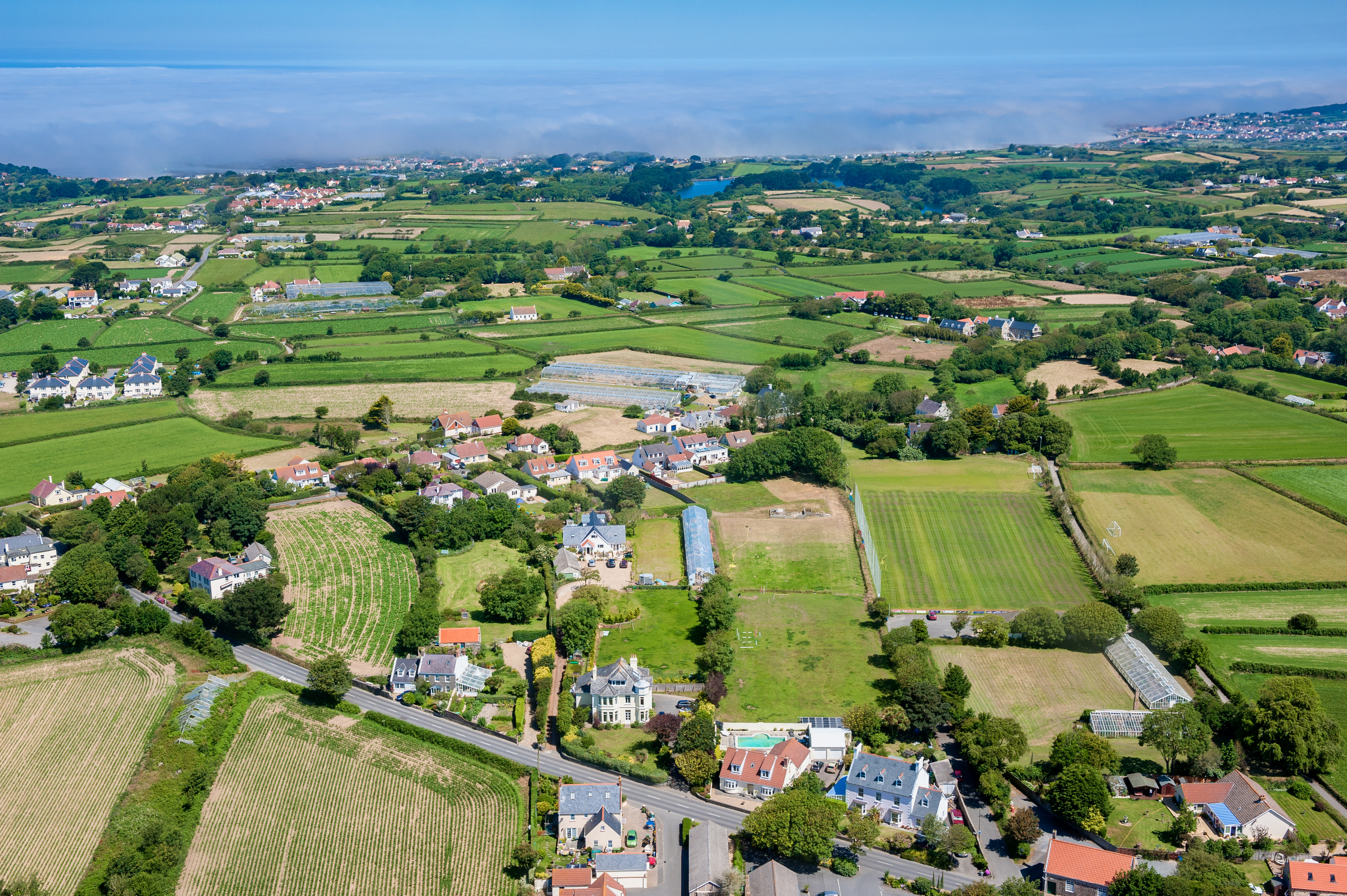
Pictured: A Guernsey entrepreneur is pushing to create an inter-island tunnel, enabling islanders to travel between Jersey and Guernsey in just 15 minutes.
But there’s a yet more profound edge to the idea, as we enter an era worryingly defined as being “post-truth”.
“A lot of decisions today, unfortunately, are based on people's gut feeling or the person who's shouting the loudest. With tools like this, we can start to base things on fact.”
He adds that humans are by their nature emotional, so will always respond better to visuals. So, when discussing CO2, it’s better to present it in “numbers of trees you’d have to plant to offset that, because people can visualise that”.
Much more effective, Joel notes, than decision-makers – whether CEOs, civil servants, or politicians - being given a “200-page report which they won’t have time to read and, even when they do read, they won't understand.”
“It makes it very easy to make decisions… It also takes you to a point where, in this world of fake news, we can back up the decisions we're making with facts and show where those facts are coming from and make things very, very transparent.”
Above all, however, Joel sees the development of digital twin technology as a realistic, yet crystal ball-like, gateway to tomorrow.
“The whole point of the digital twin is, not only have you got a copy of today, but you can be looking into the future.”
Comments
Comments on this story express the views of the commentator only, not Bailiwick Publishing. We are unable to guarantee the accuracy of any of those comments.